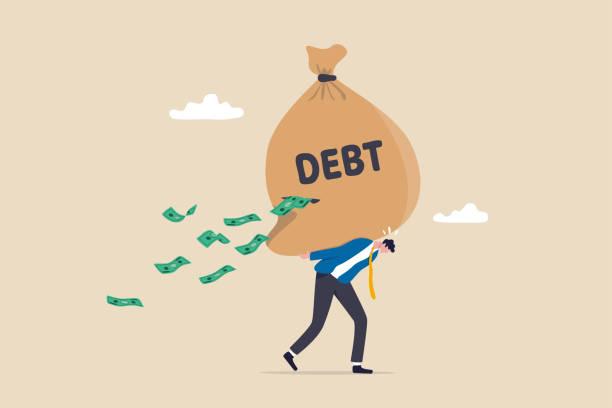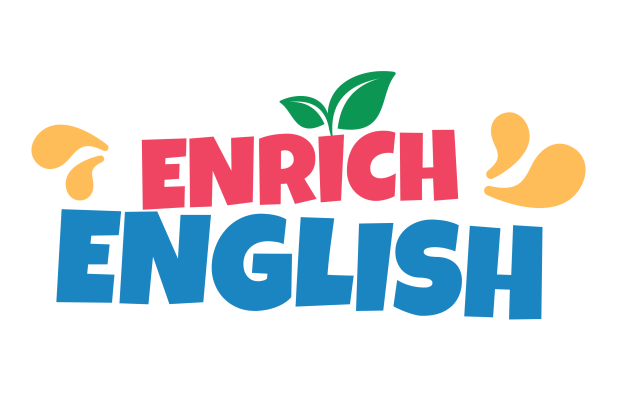Debt
Lesson explores the concept about debt, discussing various topics about debt.

Part 1
Warm-up
Answer the questions
Do you know the difference between a good debt and a bad debt?
What are some examples of each?
Part 2
Vocabulary
Read the word, its’ meaning, and the examples
Then make up your own sentences using the word.
Student can skip the words they already know.
mortgage
/ˈmɔːr.ɡɪdʒ/
A loan to buy a house, where the house is the security for the loan.
They took out a mortgage to buy their first home.
Paying off a mortgage can take 20 or 30 years.
Day care
/ˈdeɪ ˌker/
A place where small children are looked after while their parents work.
Day care costs add a lot to their monthly expenses.
She picks up her son from day care every evening.
afford
/əˈfɔːrd/
To have enough money to pay for something.
I can’t afford to buy a new car right now.
They couldn’t afford a vacation this year.
rack up
/ræk ʌp/

To gradually get more and more of something, especially money or debt.
He racked up a lot of credit card debt last year.
Students often rack up loans while they are in college.
pay off
/peɪ ɒf/
to finish paying money that you owe.
It took them five years to pay off their car loan.
She finally paid off her student loan last month.
Make up your own sentences using the words.
Part 3
Reading comprehension
Read the article and answer questions.
Teacher helps student correct their pronunciation.
Debt
Can you afford your own life?
Do you feel like you’re drowning in debt, or do you live within your means? Many young people owe thousands of dollars in student loans. Money spent on education should lead to financial freedom in the long run. This is not always the case, however. Newlyweds often find themselves drowning in debt. After paying off an expensive wedding, they face a higher cost of living with new expenses such as a mortgage, day care bills, and health insurance. While some families dig themselves out of debt and begin saving money for a rainy day, others remain in the red throughout their lives.
Living debt-free is not easy. Without loans, we wouldn’t be able to buy homes or pay for post-secondary education. Financial experts call these debts that lead to assets “good debts.” On the other hand, debts on a credit card are usually “bad debts.” People buy cars and vacations they can’t afford, and then pay high interest for unnecessary purchases. Some people use one credit card to pay off another. They rack up huge bills and spend all of their earnings paying off the interest. Have you ever found yourself still paying for something you don’t own or use anymore? Getting out of debt takes hard work!
Check your understanding
Why are many young people drowning in debt before they have their first job?
What expenses are mentioned in the reading?
According to financial experts, what is the example of a “good debt”?
According to the writer, how can people rack up huge bills?
Sample answer
1. Why are many young people drowning in debt before they have their first job?
=> Before they have their first job because they owe thousands of dollars in student loans.
2. What expenses are mentioned in the reading?
=> The expenses mentioned in the reading are mortgage payments, day care bills, health insurance, and costs from expensive weddings.
3. According to financial experts, what is the example of a “good debt”?
=> A “good debt” is a loan that helps you buy a home or pay for post-secondary education.
4. According to the writer, how can people rack up huge bills?
=> According to the writer, people rack up huge bills by buying things they can’t afford, using credit cards for unnecessary purchases, and sometimes using one credit card to pay off another.
Part 4
Pronunciation
Circle the silent consonant in the following words.
Don’t be fooled! Some of these words have no silent consonants.
| 1. know | 7. strap | 13. science |
| 2. fasten | 8. knee | 14. island |
| 3. foreign | 9. design | 15. April |
| 4. scissors | 10. receipt | 16. castle |
| 5. comb | 11. salmon | 17. Tuesday |
| 6. doubt | 12. hymn | 18. kneecap |
Sample answer
| 1. know | 7. strap (none) | 13. science |
| 2. fasten | 8. knee | 14. island |
| 3. foreign | 9. design | 15. April (none) |
| 4. scissors | 10. receipt | 16. castle |
| 5. comb | 11. salmon | 17. Tuesday (none) |
| 6. doubt | 12. hymn | 18. kneecap |
Part 5
Discussion
Let’s use the vocabulary you’ve learned during the lesson and talk about the following topics/questions freely!
Teacher helps student expand and correct the answers
Have you ever borrowed money from someone? How did it make you feel?
Do you have a credit card? How do you use it?
What is the biggest expense you have each month?
How do you keep track of your spending?
Have you ever bought something you couldn’t afford? What happened?
Do you think debt is more of a personal problem or a social issue? Why?
What is one thing you wish you had learned about money when you were younger?
What do you think of the expression “save for a rainy day”?
Review
Let’s review the lesson with teacher
5 words and phrases in the lesson
Pronunciation
Discussing various aspects of debt
See you next lesson
Homework
Do homework
Individuals aren’t the only ones drowning in debt. Countries around the world are deep in debt. The United States is trillions of dollars in debt. The National Debt Clock in New York City shows how quickly the US debt is growing.
In your opinion, what does a nation’s debt mean to its citizens?

